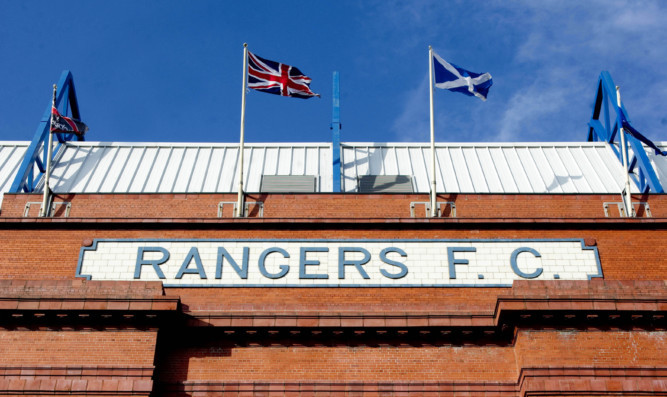Her Majesty’s Revenue and Customs has won its second appeal over the so-called “big tax case” involving payments to former Rangers employees.
Judges in the Inner House of the Court of Session allowed an appeal by the Advocate General for Scotland, acting on behalf of HMRC, over the use of the now-outlawed Employee Benefit Trusts during the first decade of the century by companies run by Sir David Murray, including the now-liquidated Rangers.
The court ruling, summarised on the Judiciary of Scotland website, agreed with HMRC’s contention that the scheme amounted to “a mere redirection of earnings which did not remove the liability of employees to income tax”.
The decision is in relation to Murray Group companies including the liquidated company now called RFC 2012 plc and does not affect the current regime at Ibrox.
The Murray argument was that the payments were loans made with the discretionof the trustee of the sub-trust but that was dismissed by the Lord JusticeClerk, Lord Carloway, sitting with Lord Menzies and Lord Drummond Young.
The judges decided any income derived from employees’ services is classed as earnings and subject to income tax.
Lord Drummond Young said: “That accords with common sense. If the law were otherwise, an employee could readily avoid tax by redirecting income to members of his family to meet outgoings that he would normally pay: for example to a trust for his wife … or to trustees to pay for his children’s education or the outgoings on the family home.”
The judges ruled the “true nature” of the payments to Rangers players were bonuses, which were typically negotiated by their agent and formalised in a “side-letter” separate to their official contract.
Lord Drummond Young added: “It seems to us to be self-evident that the obligations in the side-letter were part of the employee’s employment package and provided him with additional remuneration. They were negotiated as part of the total employment package.
“Furthermore, so far as the footballers are concerned, at least, it seems to us that if bonuses had not been paid they might well have taken their services elsewhere.
“We realise that the fifth respondent (RFC 2012) was in, potentially, a difficult financial position, competing for good players in an international market where other countries may not have the same rigorous approach to taxation as the United Kingdom.
“Nevertheless, the law is clear: the payments made in respect of footballers were in our view derived from their employment and thus the payments were emoluments or earnings.”
The judges confirmed the responsibility for the payment of tax fell on the employer in each case.
